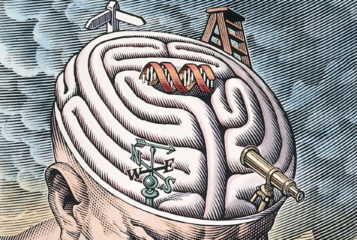The ethics of preimplantation genetic testing using polygenic scores
Academics from Oxford University discuss the ethics surrounding preimplantation genetic screening tests, including the use of polygenic risk scores...
PGS (preimplantation genetic screening) is a test that can be carried out on IVF embryos, to ensure that only embryos with no obvious chromosome conditions are returned to the woman's womb. Also known as PGT-A (Preimplantation Testing for Aneuploidy).

by Dr Helena Carley and 4 others
Academics from Oxford University discuss the ethics surrounding preimplantation genetic screening tests, including the use of polygenic risk scores...

PET's 2023 Annual Conference took place on 6 December 2023. During the first session of the conference, Professor Peter Braude explored the history of the Human Fertilisation and Embryology Act...

The Progress Educational Trust, in partnership with the Scottish Government, brought together a group of experts to cut through the hype and jargon and explain the latest developments in genetics/genomics in the context of assisted conception...

What does it take to make a family when natural conception is difficult or even impossible?..

Session 46 was held online to discuss and share the best practice for understanding and communicating mosaicism...

'SART Fertility Experts' is an educational project that aims to inform prospective patients about the various options available, through a series of podcasts conducted by experts working in assisted conception, including reproductive endocrinologists, reproductive urologists, genetic counsellors and mental health professionals...

by Emma Lamb
Errors in the genetic material of embryonic cells following IVF are more common and less damaging in normal human development than previously thought...

The afternoon sitting of the Progress Educational Trust's annual conference 'Reality Check: A Realistic Look at Assisted Reproduction' began with an extended session entitled 'What's the Truth about'...
The gestational surrogacy memoirs of five European and American gay dads and one heterosexual single-father-by-choice suggest that sex selection for sons may be occurring...

Researchers have trained artificial intelligence software to grade human embryos with a high degree of accuracy...
BioNews, published by the Progress Educational Trust (PET), provides news and comment on genetics, assisted conception, embryo/stem cell research and related areas.

